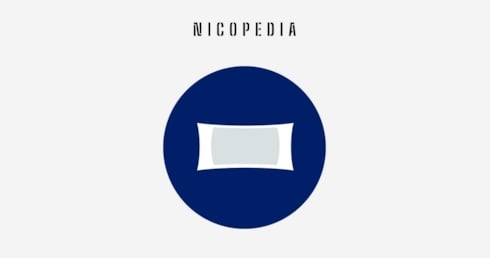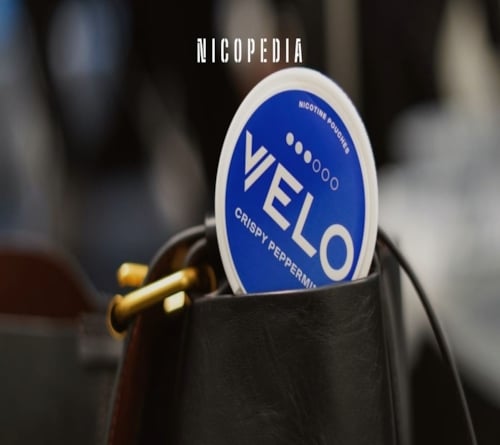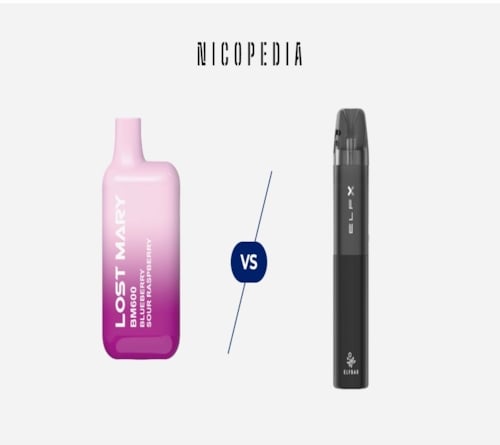Published 2021-10-12
What does a nicotine pouch contain? Guidance from NicoLeaks
In Sweden as in many other countries, there is no regulation covering tobacco-free oral products, so-called nicotine pouches. To allow consumers an opportunity to understand what they place under their lip, Haypp Group is, together with leading e-tailers on several markets, launching a new digital information service – NicoLeaks.com

During the past year, Haypp Group has commissioned an independent laboratory, Eurofins, to test more than 250 products from a range of different suppliers. Each test has rendered a report pertaining to the content of the nicotine pouch. In particular, pH value and nicotine yield has been the most important parameters as there are market standards for nicotine pouches that Haypp Group follows closely.
"It is important that the nicotine yield does not surpass the limit of 20 mg per pouch or portion, but also the pH value is important for the nicotine yield as it affect how effectively the nicotine is absorbed through the oral mucosa." Says Erik A.O. Engström, Sustainability Manager at Haypp Group.
Read more about what nicotine pouches contain compared to snus: The difference between snus and nicotine pouches.
Information on both pH value and nicotine yield are now available at NicoLeaks.com, and detailed reports from the lab can be downloaded by anyone wishing to know more about their favourite product.
What happens if something is wrong?
Products with content that are compliant with the indicated limiting values and that do not have any other objection to them will receive a green marker on NicoLeaks.com. Of a product’s content does not comply with the indicated limiting values, e.g. by containing more than 20 mg per pouch, the product receives a red marker and the product is removed so it will not be sold by Haypp Group. If a product’s content is close to the limiting values of 20 mg nicotine per pouch or rather has a pH value above 9.1, the limits according to the market standard, it will receive a yellow marker in the database. However, if the pH value is above 10.0, it receives a red marker.
Erik A.O. Engström continues: "If a product is close to the limiting value for nicotine without surpassing it, or has a high pH value, the product receives a yellow marker and we have a dialogue with the producer. We want to work together with our suppliers and give them an opportunity to correct any comments or concerns. After a few months, the product will be tested again, and an updated report will be published. Products with a red market will however not be exempted."
"The tests functions as a quality control and marking for the suppliers. If deficiencies are detected it is possible to work together with the producers to develop the product. This is particularly of value for new products and smaller producers."
Most nicotine pouches are up to the standard
It is expensive and time-consuming to test so many products, but it is good news that most of the producers’ products are well within the limiting values. Only four products have received a red marker, and have been removed from Haypp Group’s range of products. Some products have received a yellow marker, and are close to the limiting values without surpassing them, or in the alternative within the margin of error. In these cases, Haypp Group has contacted the producer and the producer has been given the opportunity to adjust the product before a new test is made.
Transparency for the consumer
According to Markus Lindblad, the purpose of NicoLeaks is to increase transparency surrounding a product category that lacks a proper regulatory framework: "We want to increase transparency within the industry and considers it as a given that consumers shall be able to know what they place under their lip. This is extremely important as there is no regulatory framework for nicotine pouches. If the authorities cannot regulate this type of product, then we as retailers must take on an increased responsibility."
Learn more about your favourite product
NicoLeaks was created to ensure that you shall have access to information about your favourite product and learn more about its content. Check it out yourself at NicoLeaks.com.
Related articles




